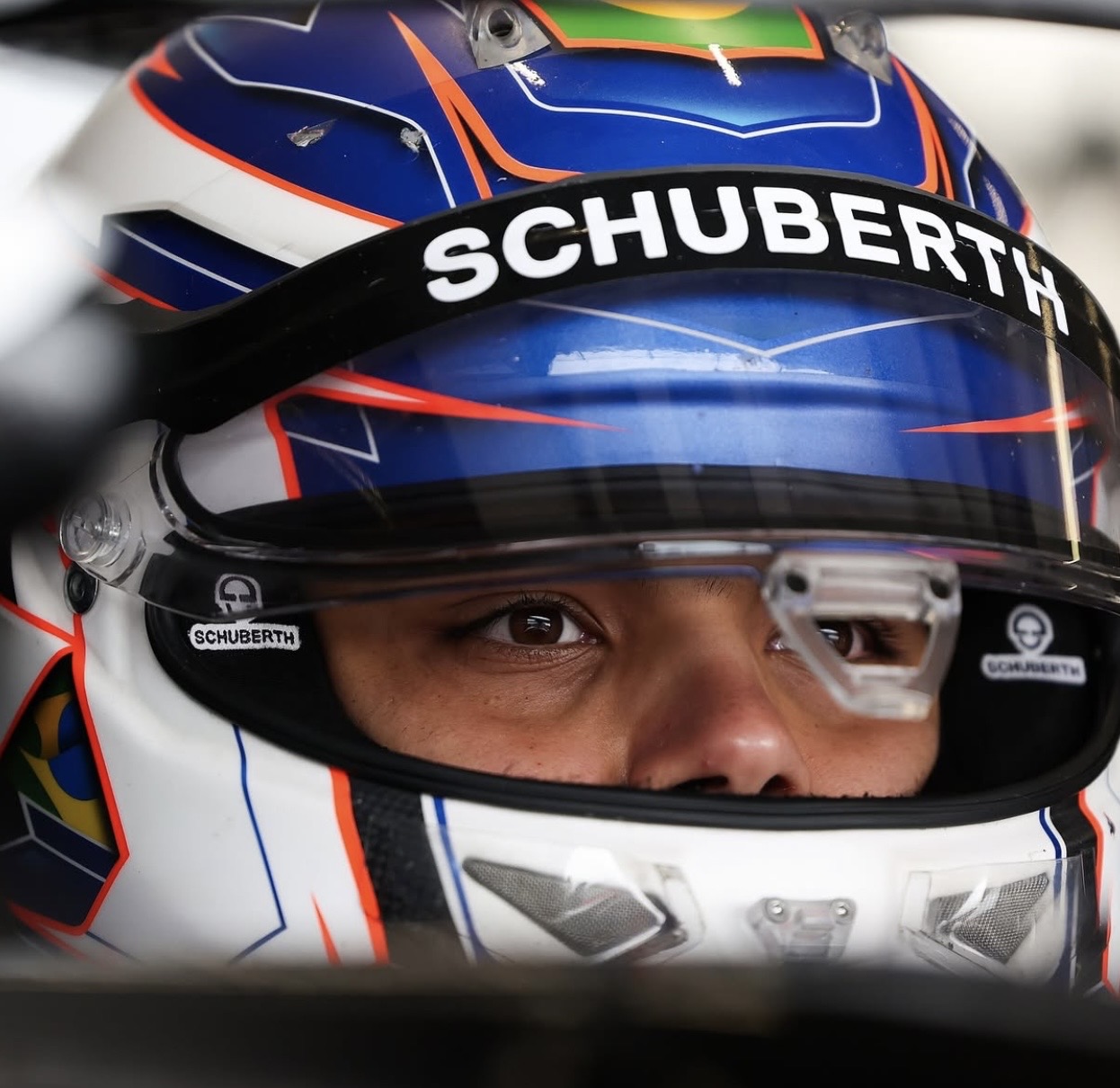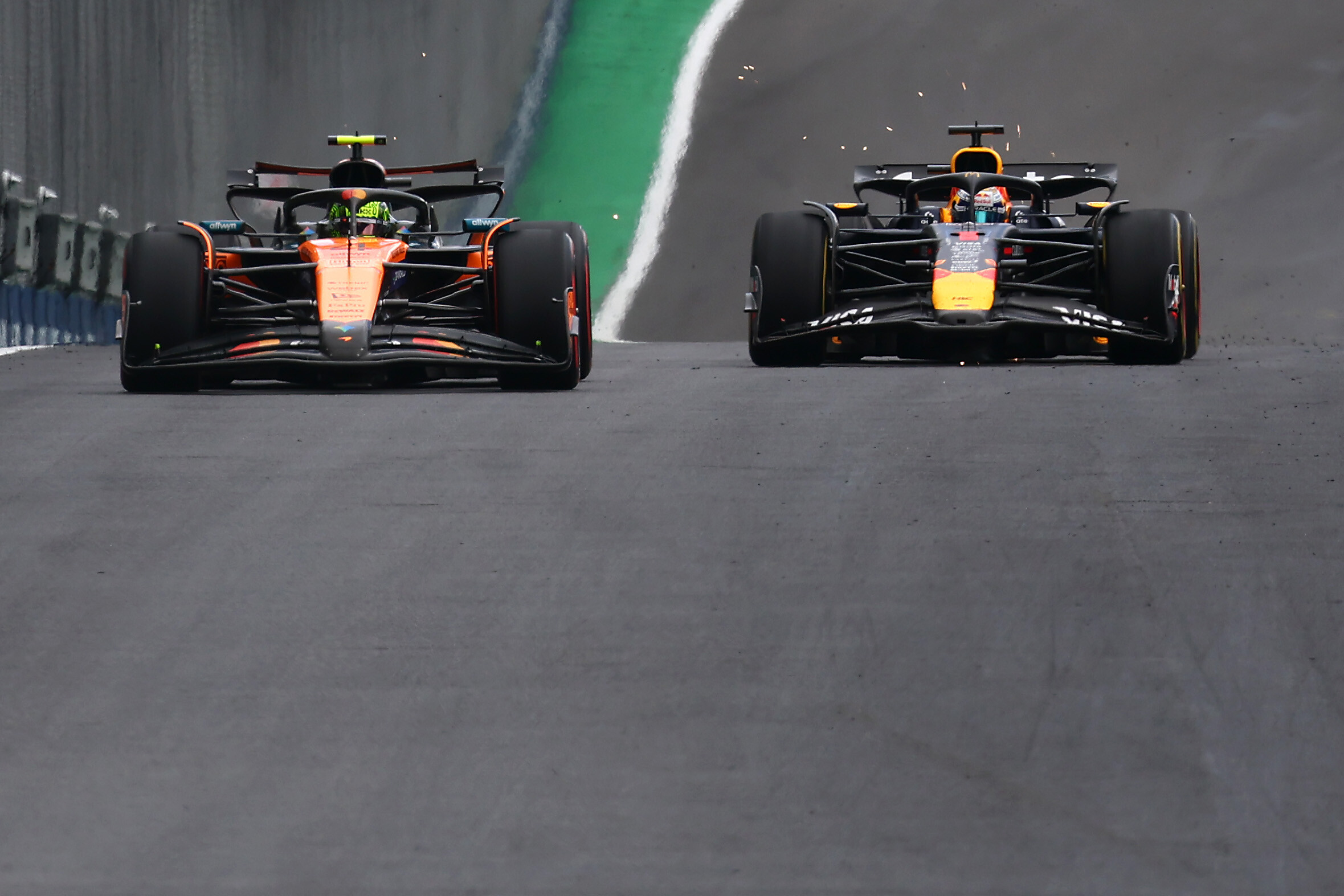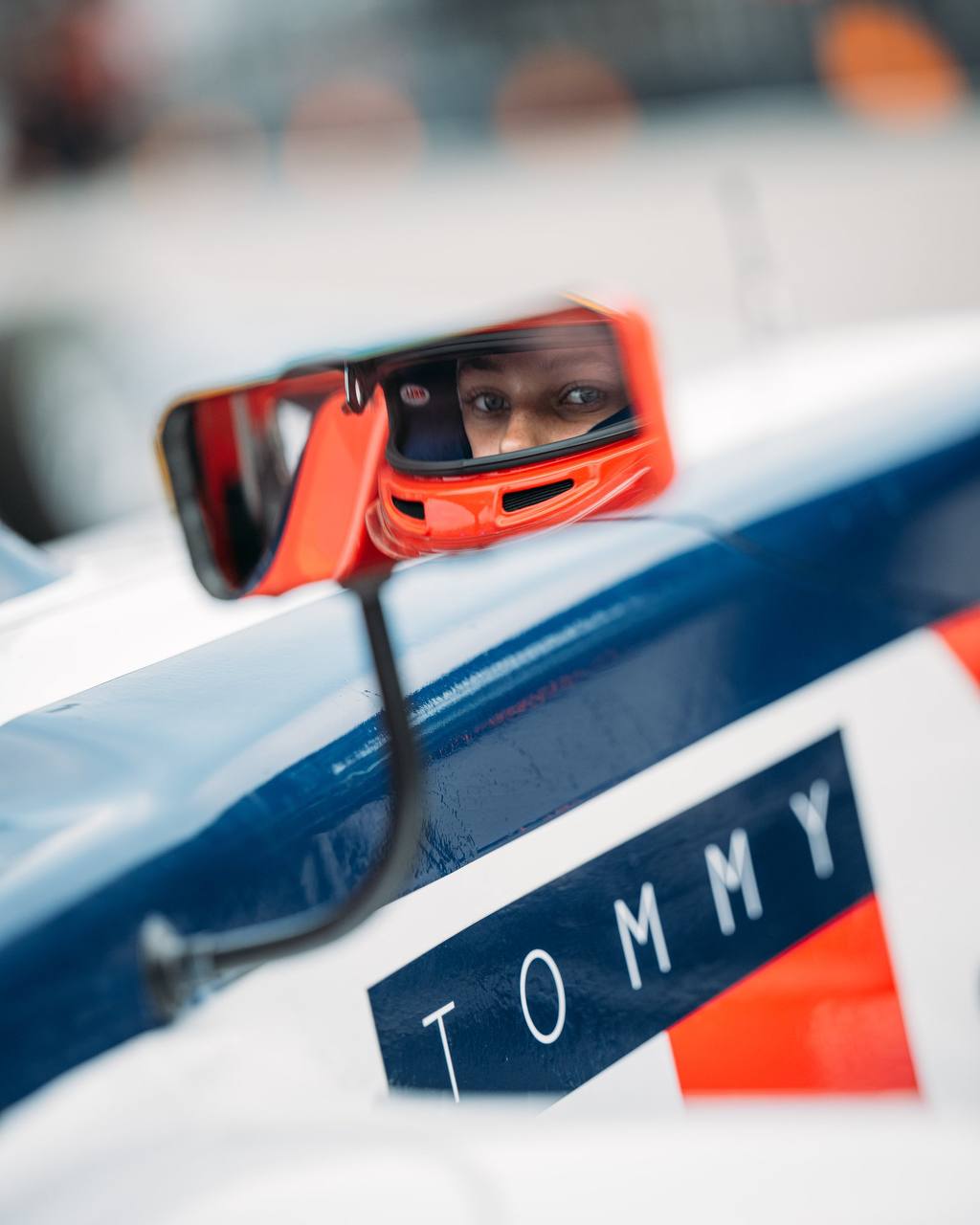Speaking ahead of the F1 Las Vegas GP, senior team representatives and FIA single-seater director Nikolas Tombazis offered new insight into how the 2026 regulations will aim to improve racing.
Key team personnel—Simone Resta (Mercedes), Paul Monaghan (Red Bull), Andy Stevenson (Aston Martin)—along with the FIA single seater director, Nikolas Tombazis, outlined what to expect as F1 enters a new era of racing with the 2026 regulations.
The new regulations will introduce active aerodynamics, a revised energy deployment model, and the removal of the existing DRS system.
Teams prepare for a significant reset
Mercedes technical director Simone Resta stated the most noticeable difference will come during race conditions as drivers utilise a new system to aid overtaking.
“Well, I think it’s going to be quite different, especially in racing rather than in quali,” he said.
“We are all used to a certain format with the DRS that is helping overtaking and using it in defined areas and certain gaps, etc. In reality, next year, every driver will be running moving front and rear wings together, in many points in the lap, and will be using the energy to help overtaking. So I suppose it’s going to be different and potentially quite more unpredictable in the way that the drivers will use the energy to overtake.”
Pecking order could change as teams and drivers adjust to changes
Red Bull chief engineer Paul Monaghan suggested that the scale of change may create a “bigger grid spread” as drivers and teams find their footing in the early part of the season.
“As long as we’re still in front, it’s not that different, is it? So that would be fine,” Monaghan joked regarding the expected pecking order.
“I generally don’t know because it’s such a large departure from what we’ve done before. And as Simone just said, you know, some people call it hitting the ground running and others may struggle a little bit. That will produce perhaps a bigger grid spread than we currently have.”
He explained: “The whole operation of the car is quite different. As Simone said here, we back off the wings on the straights, the energy peters out quite quickly, then how do you recover? If a driver—I won’t say makes an error—but deploys his energy differently and you’re a little bit inefficient in your use around the lap, an overtake is actually quite practical or feasible, whatever you might describe it as.
“So I think the scatter of car usage and performance could be greater than we currently have. And as such, the racing will be different in that we may not be as closed up as we currently are, but we’ll see. And then you’ve got the uncertainty of completely new cars, new electronics, and will everybody make it to the end? Don’t know. We’ll find out. Hopefully, we’ll get there. And yes, it’s unpredictable, I would say, at the moment.”
A chance to improve the show
Aston Martin sporting director Andy Stevenson added that the regulatory overhaul aims to improve racing quality.
“Yeah, I think Paul’s sort of covered most things there,” he said.
“But I think what we can’t forget is, we were looking at the rules that we had now and how could we improve the racing. And there’s a lot of work been done so that we can create these cars that, once we’ve all got an idea of how we deal with them, will create much, much closer racing. And that’s what we’re all aiming for.”
“Yes, we’ve got close grids at the moment, but I think we can improve the racing and make it better. And when you see what technologies that we’re bringing to Formula 1 for next year, I’m really, really excited about it.”
Stevenson continued: “I mean, one of the things I can’t wait to see is the wings and the straight-line mode. For years, I have been so confused why we build some of the most technical racing cars in the world and then we just bolt a load of drag to it and drag it around the circuit. But now we’ve got some really clever technology where we can back that off, become really, really efficient, and hopefully have some really good racing from it.”
2026 cars designed for closer following
Nikolas Tombazis confirmed that lessons from the 2022 ground-effect era have shaped the new aero rules. He confirmed that the new regulations will aim to improve the ability to follow closely without “dirty air” hindering performance.
“Yes, clearly with new regulations one expects initially a slightly bigger spread of the grid, but we do expect from an aerodynamic point of view, cars to be able to follow each other much closer than now,” Tombazis told the press.
“The wake characteristics are much improved and we feel we’ve learned a lot from the 2022 cars to implement a lot of these learnings for the aerodynamic regulations this year. Then, of course, it’s what Simone said about the transition from using DRS to energy as the tool to assist overtaking. That’s all going to change the nature and make it more unpredictable. That, together with the different aerodynamics, I think are going to make racing ultimately more exciting.”





